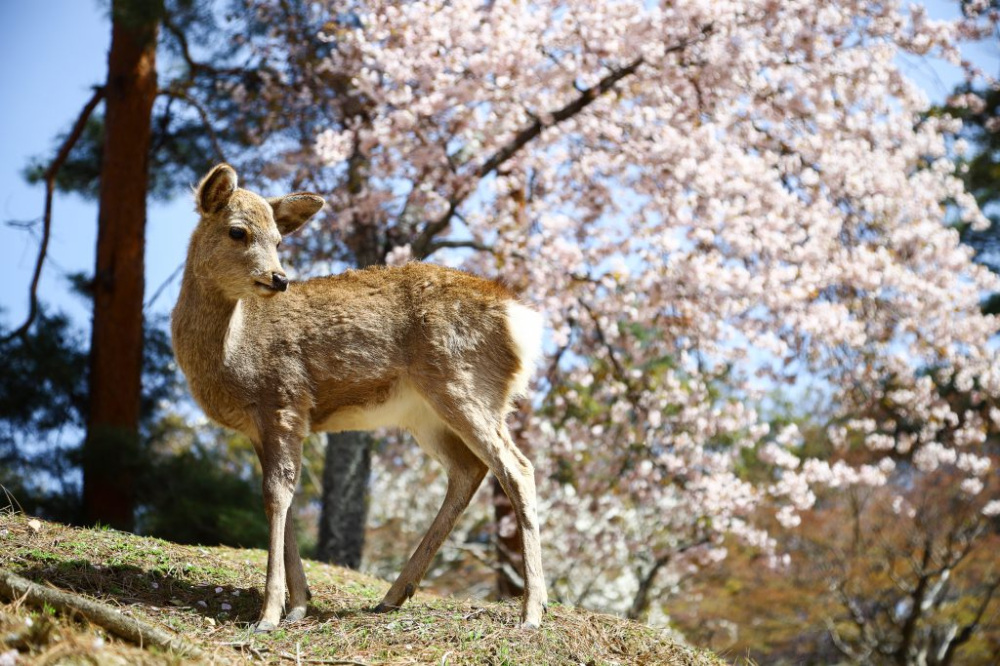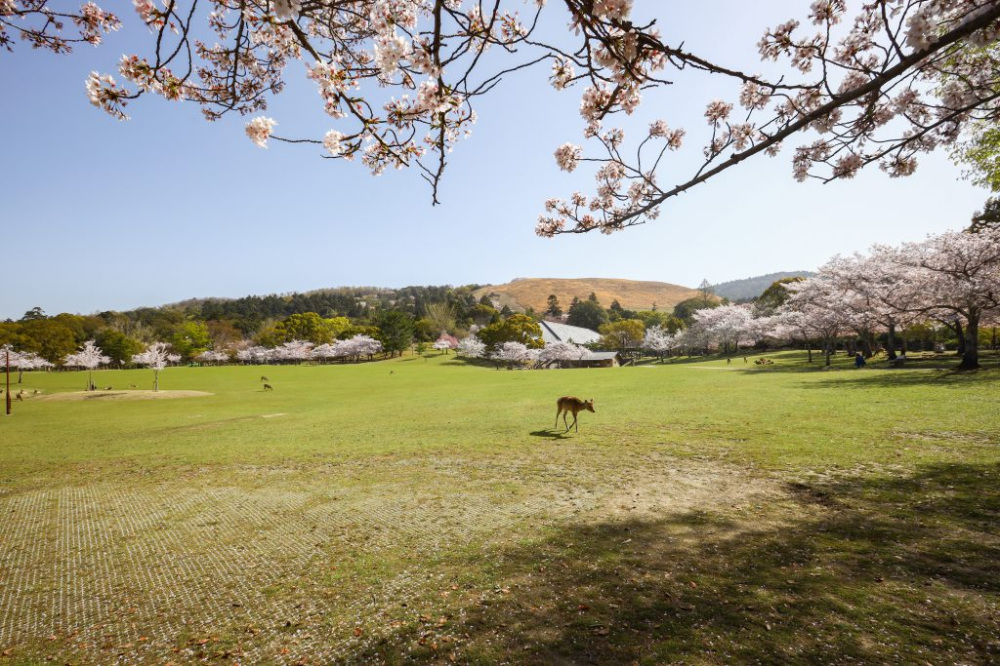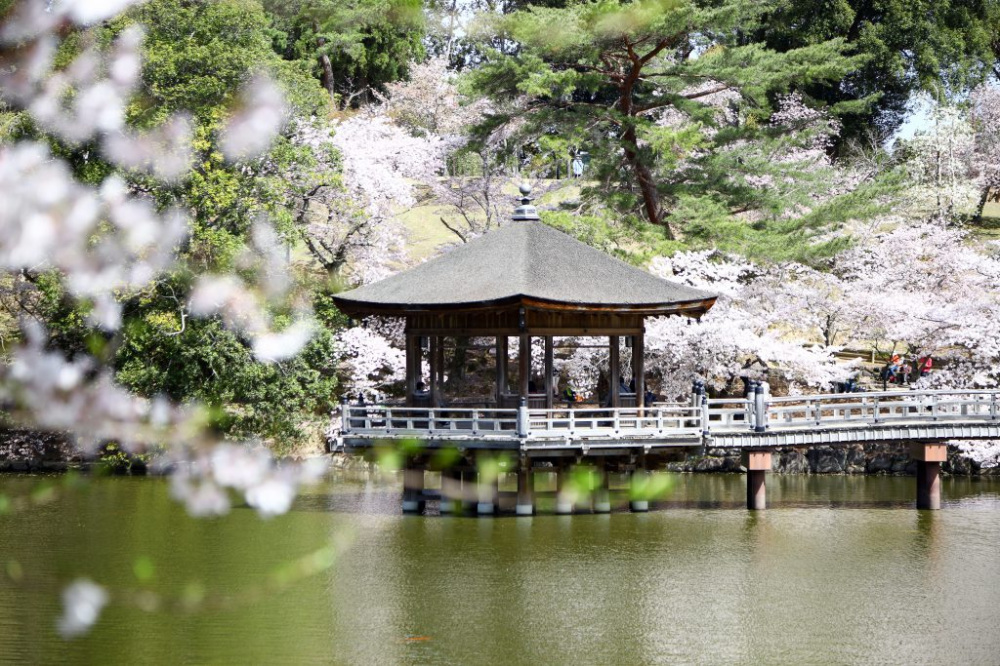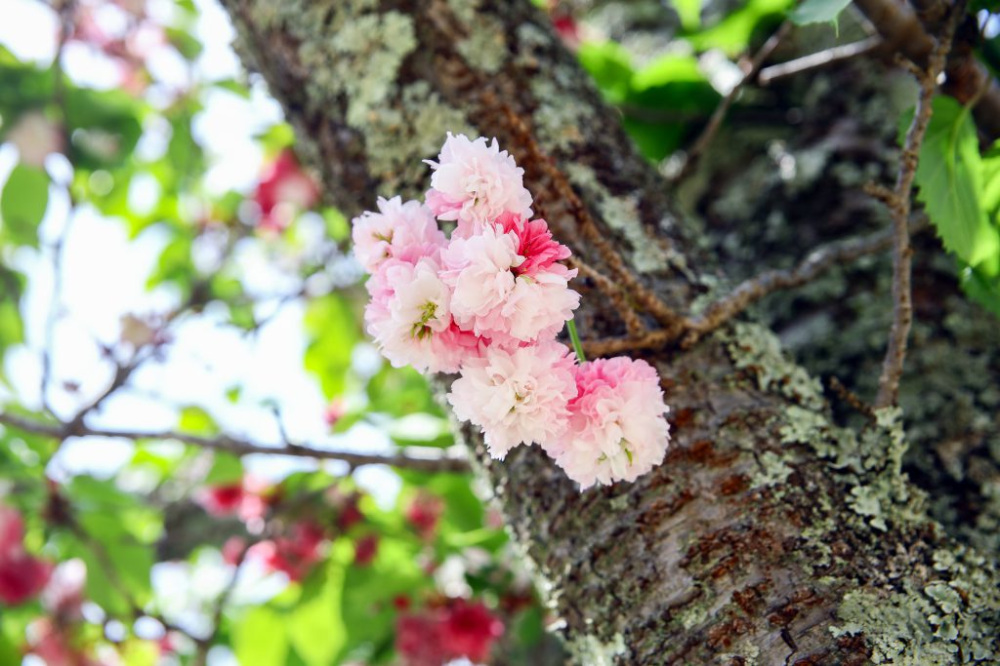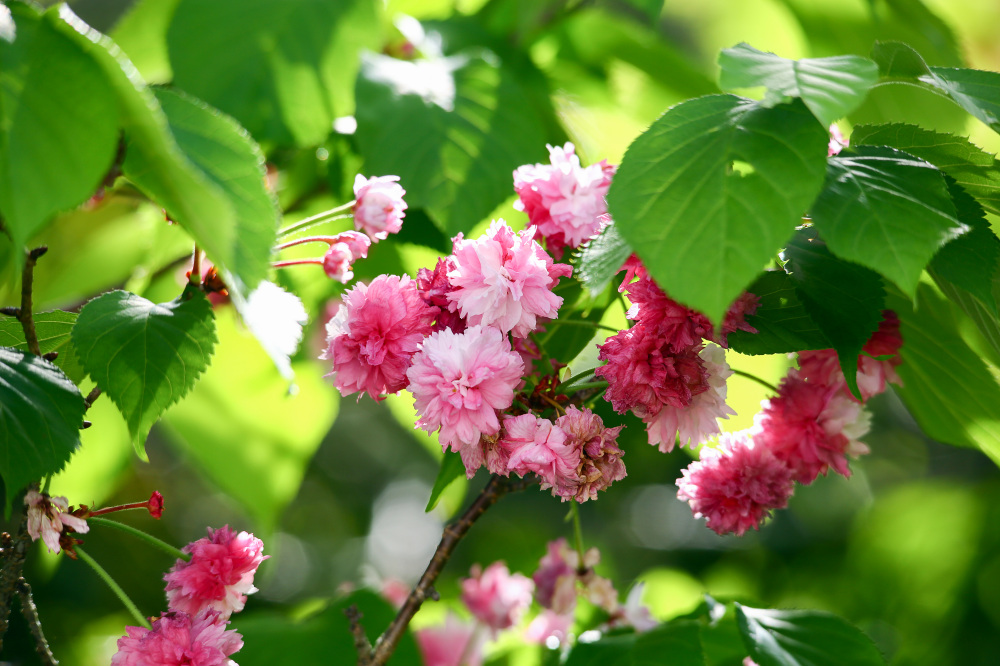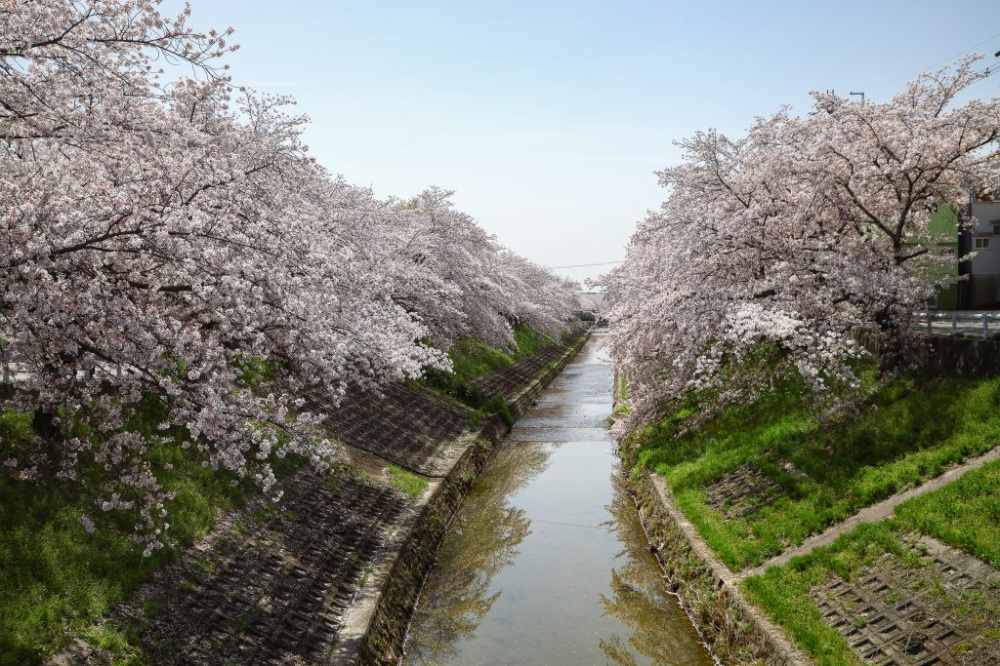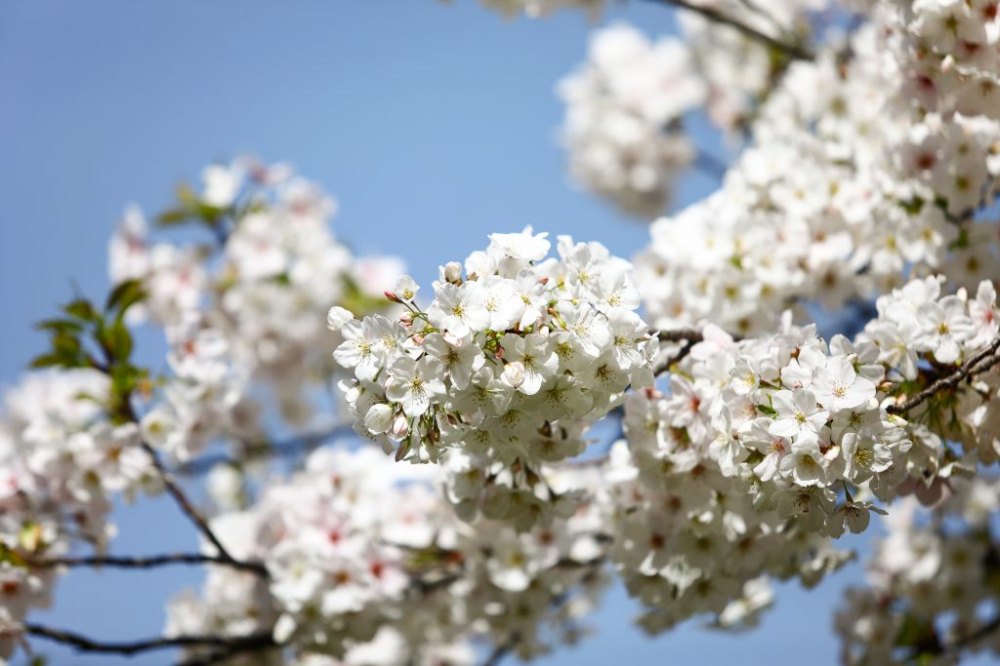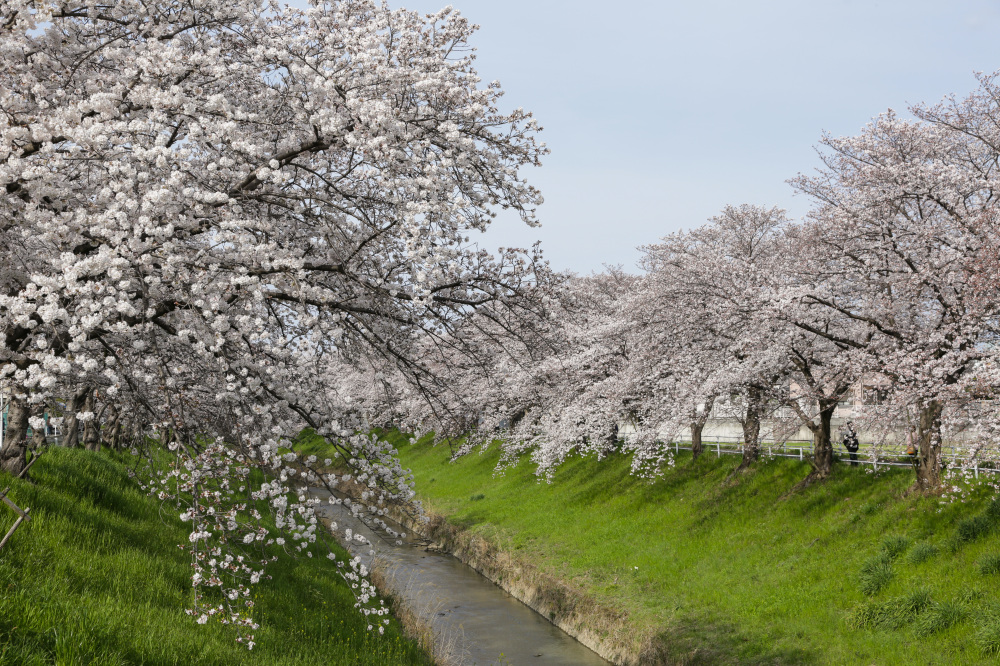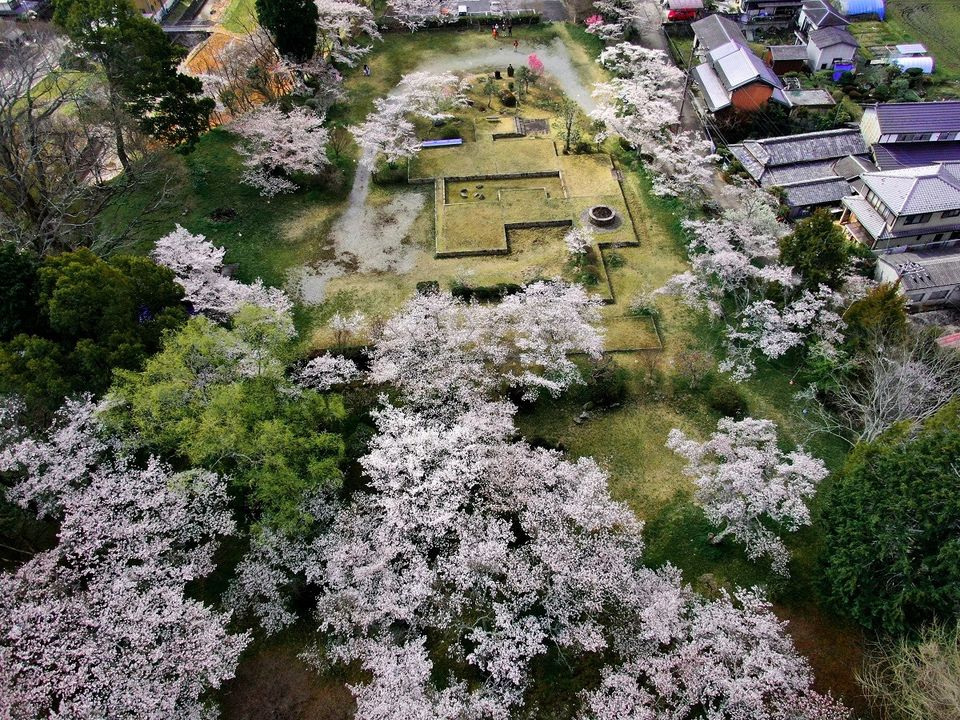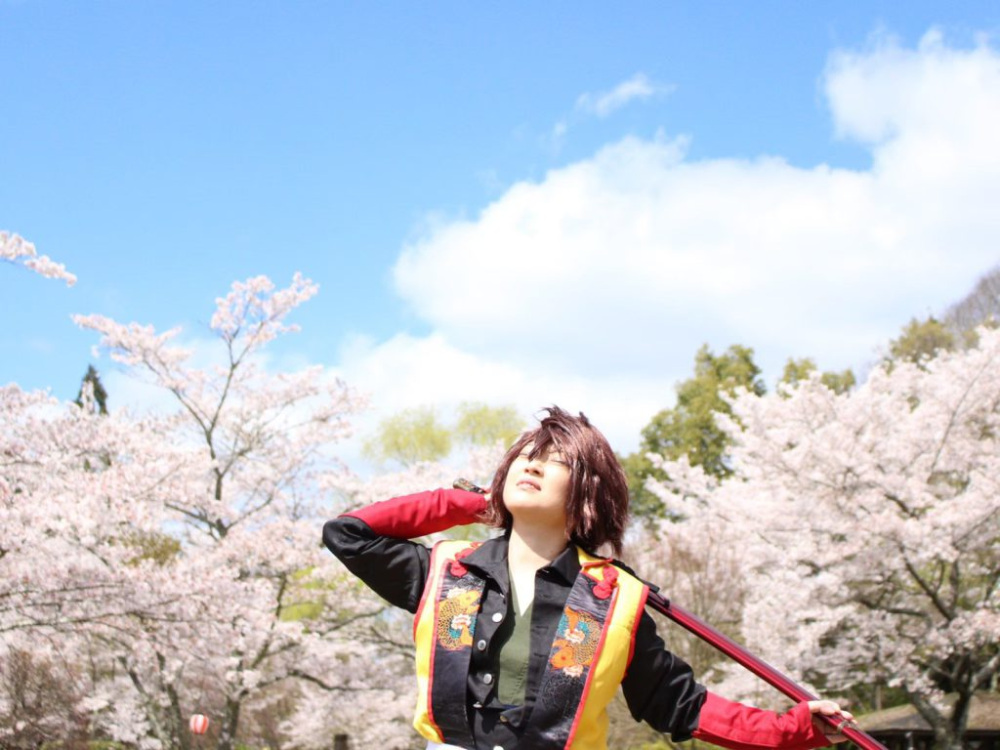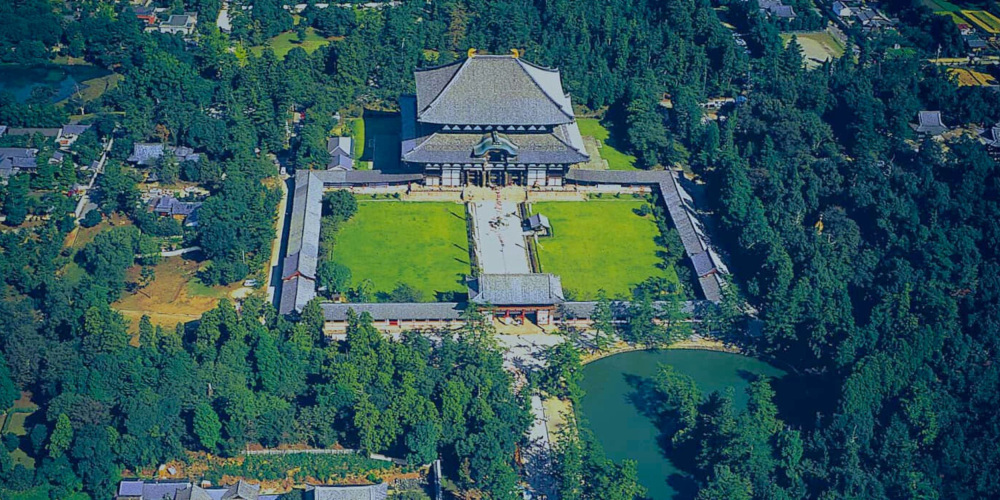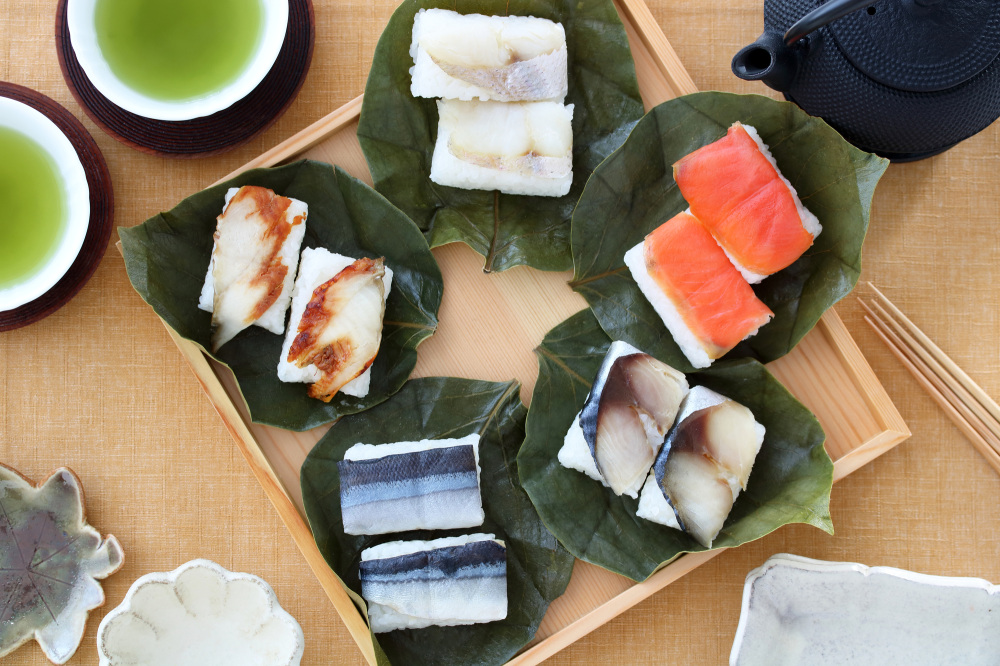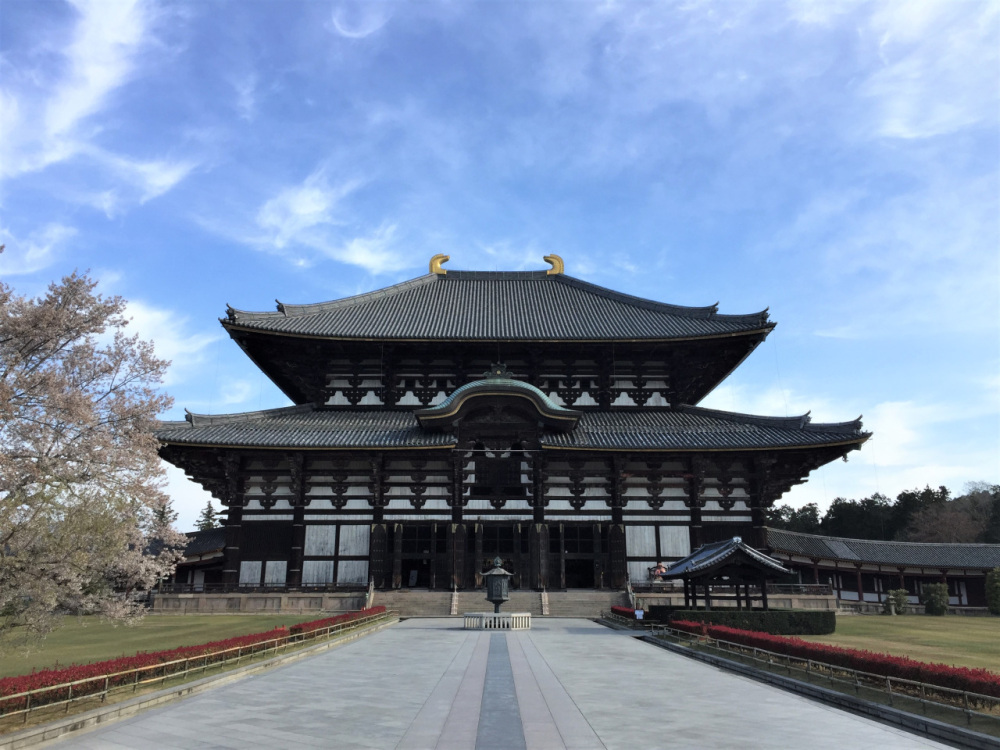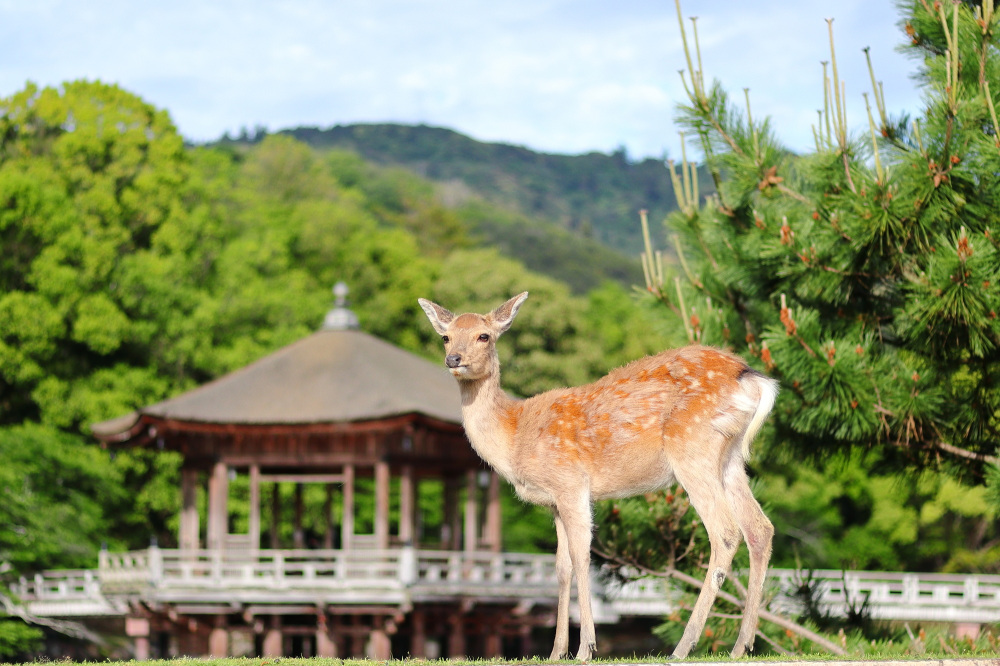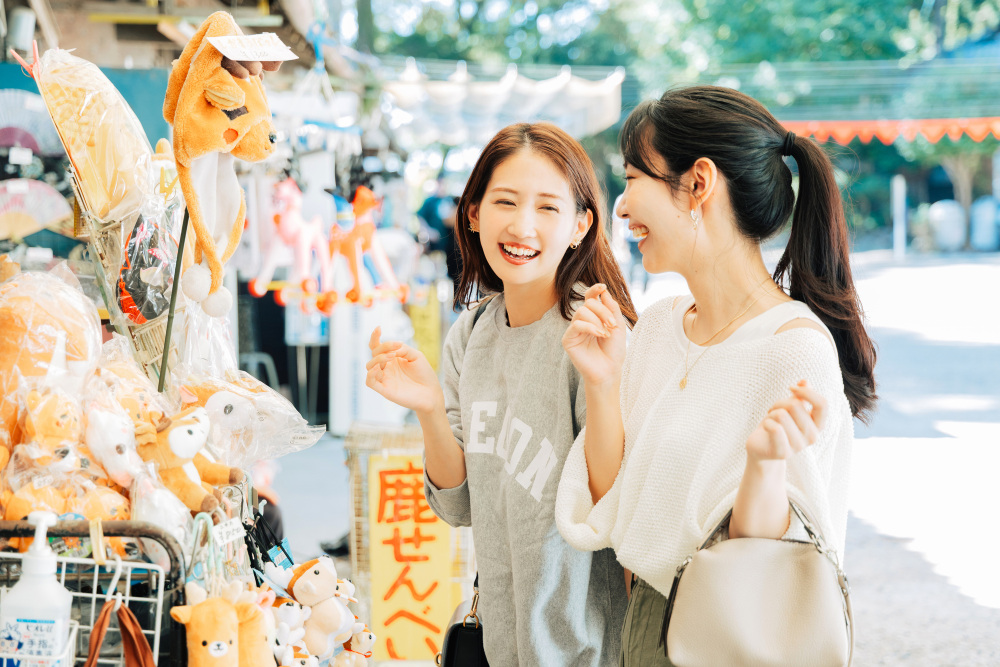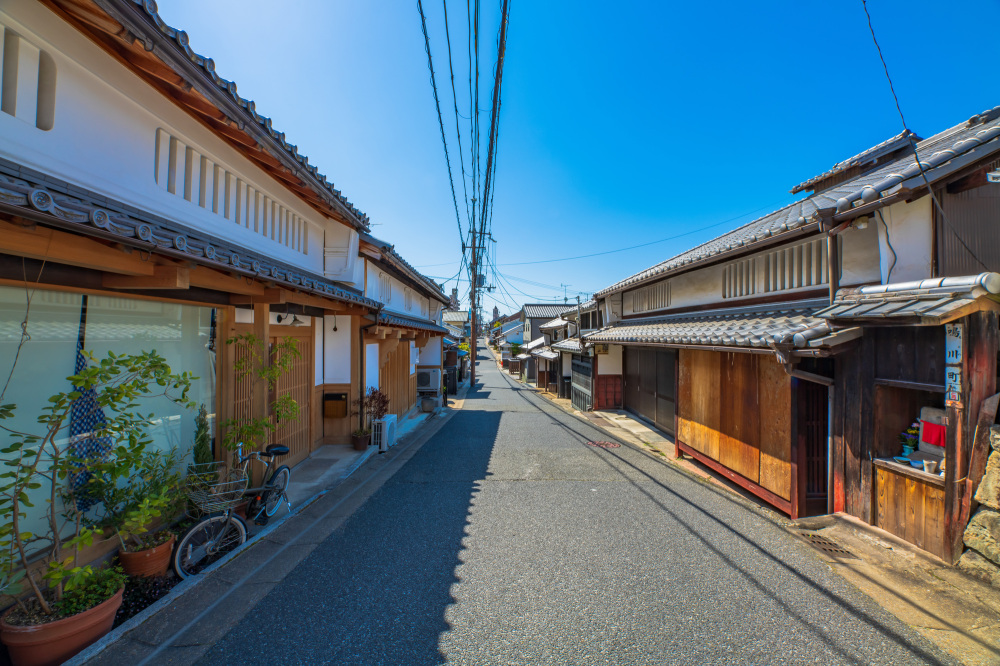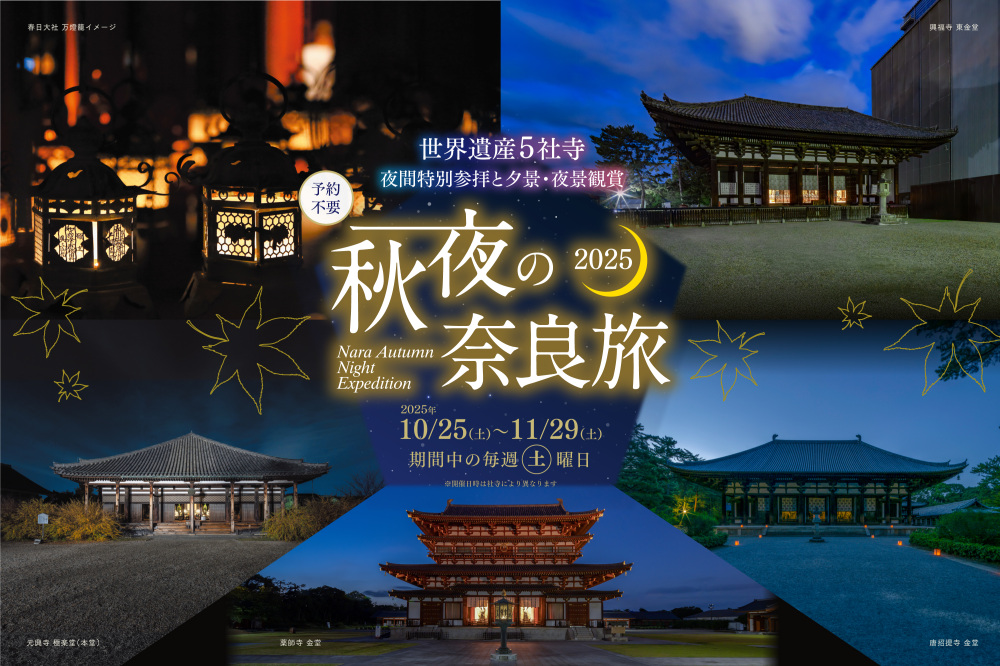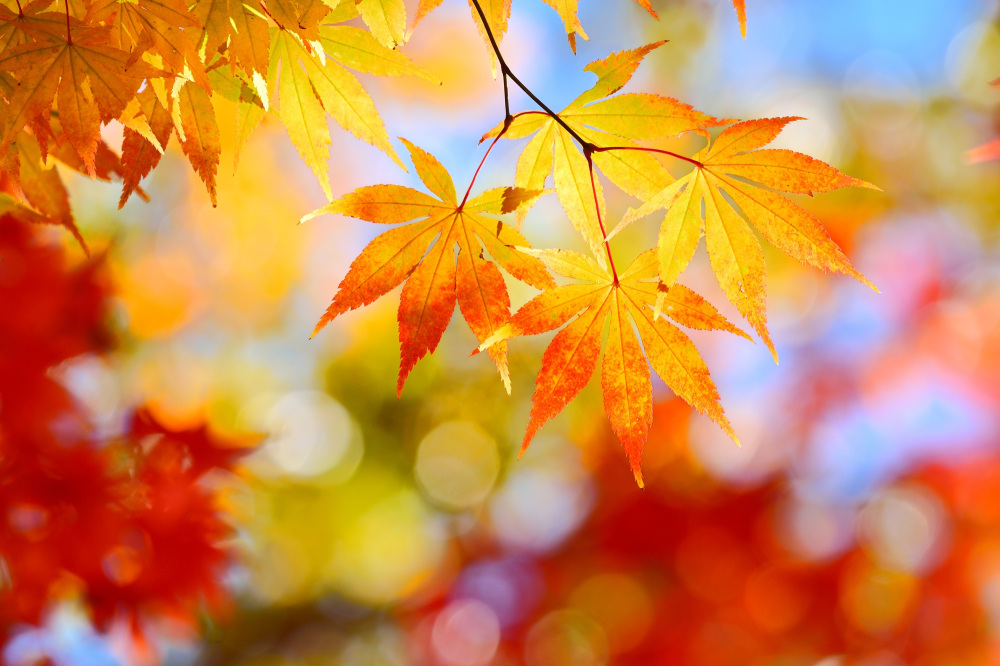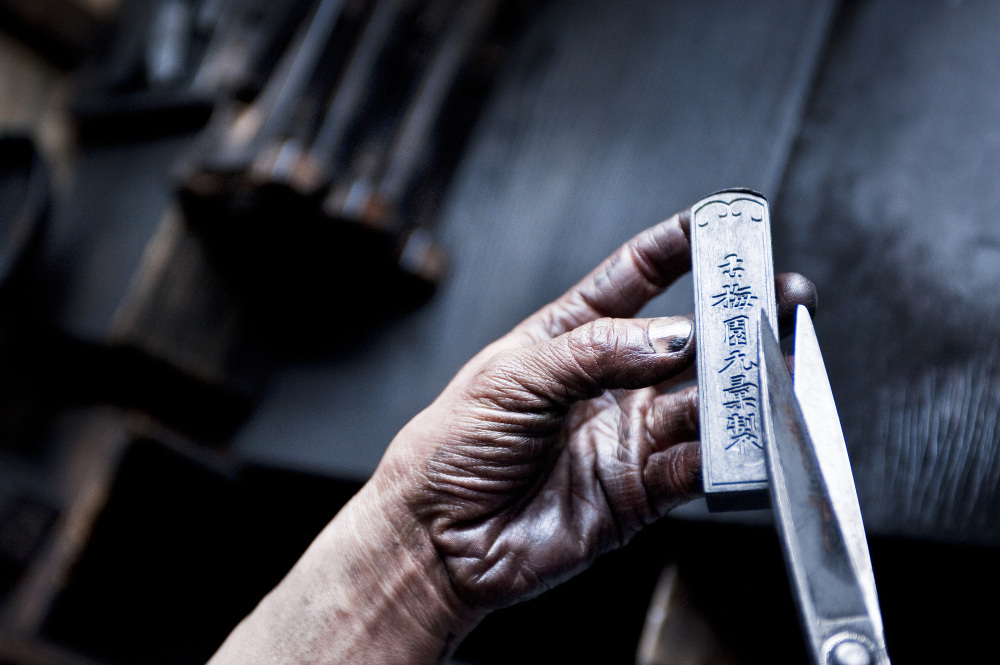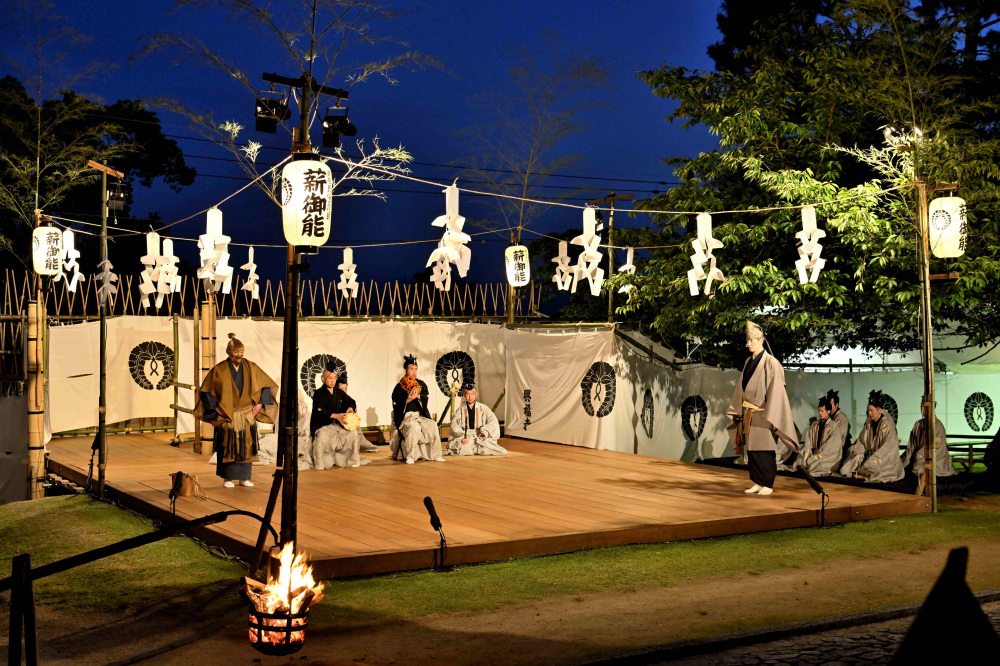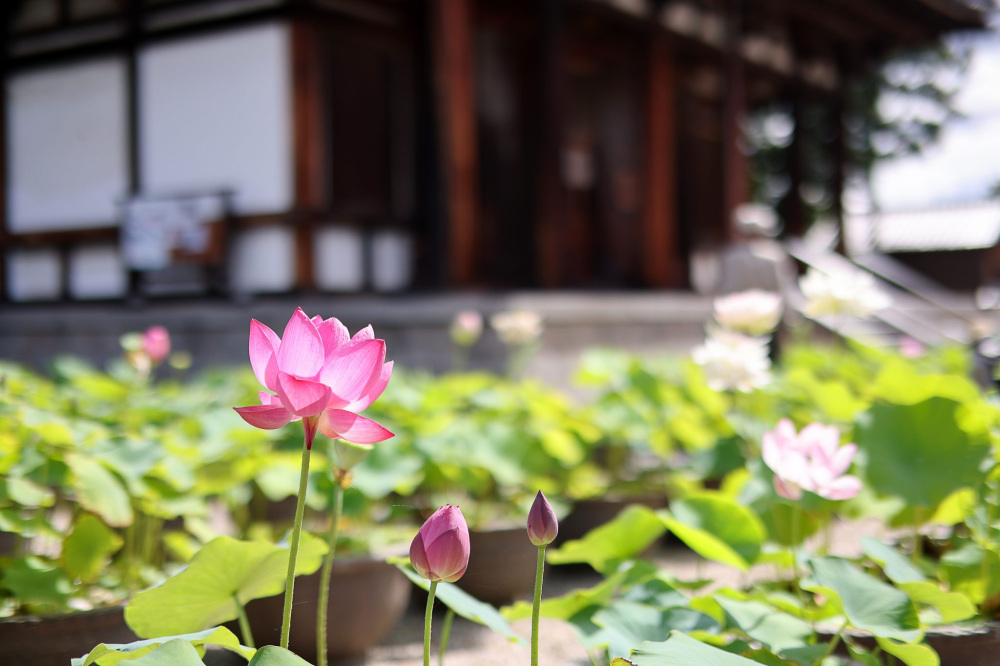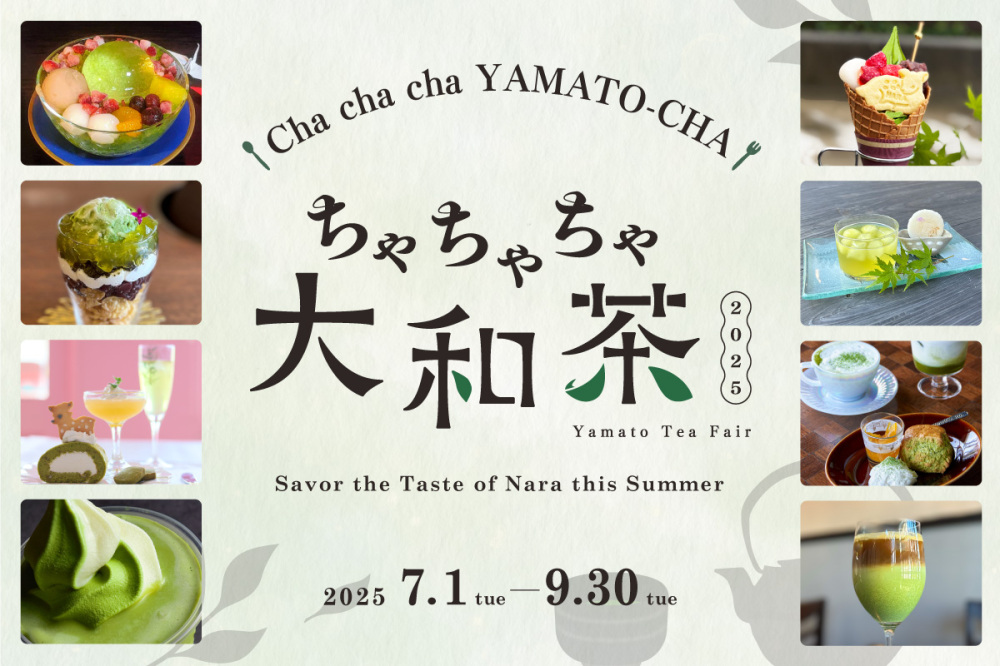Recommended Cherry Blossom Spots in Nara City
INDEX
- Stroll through the ancient city of Nara in spring full bloom while searching for Nara's prefectural flower, the Naranoyaezakura.
- [Recommended cherry blossom spots in the Nara City center] Late March to late April
- [Kasugano Enchi Garden] Experience Nara's typical spring scenery here
- [Search for the endemic Naranoyaezakura] Late April to early May
- [A little further away: Saho River] A spectacular 5 km-long row of cherry blossom trees - late March to early April
- Further, you can visit the Heijo Palace Site and the remains of the Yagyu Domain office/the Lord's residence.
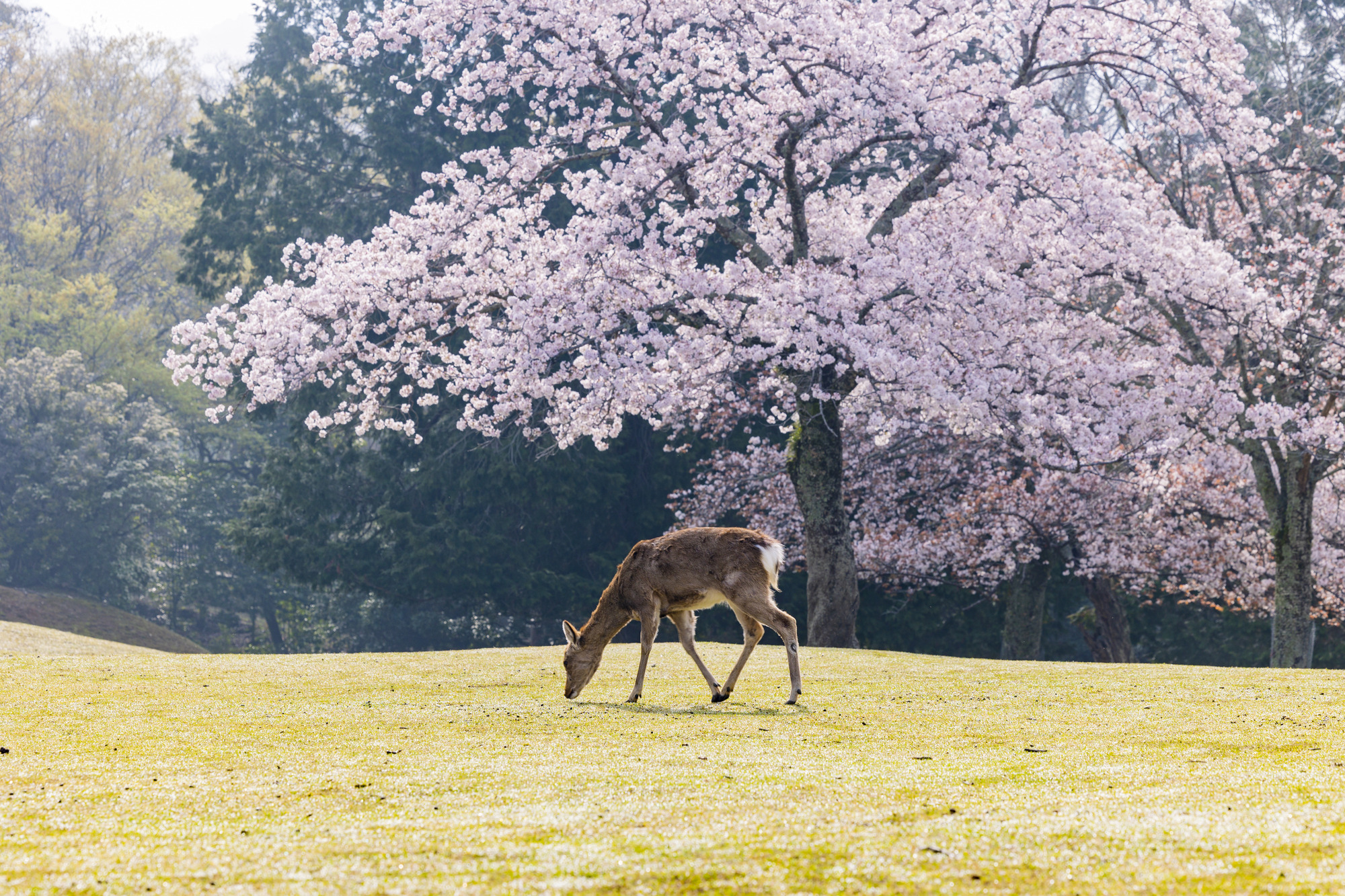
Stroll through the ancient city of Nara in spring full bloom while searching for Nara's prefectural flower, the Naranoyaezakura.
When you think of Nara Prefecture's famous cherry blossom spots, Mount Yoshino comes to mind. However, do you realize there are many more locations in the city of Nara?
Here are some places to stroll through the ancient capital, immerse yourself in the pink cherry blossoms, and feel the passage of time.
Why not wander around in full spring bloom, searching for the "Naranoyaezakura" (a designated natural monument), Nara's prefectural flower, which the city has also adopted as its emblem?
[Recommended cherry blossom spots in the Nara City center] Late March to late April
First, visit Nara Park, a must-see destination!
The top two cherry blossom spots in the park, where Somei-Yoshino and double-flowered cherry trees are blooming, are Kasugano Enchi Garden and Ukimido Pavilion.
[Kasugano Enchi Garden] Experience Nara's typical spring scenery here
Kasugano Garden overlooks Mt. Wakakusa to the east and the Great Buddha Hall of Todaiji Temple to the northwest.
The highlight of this garden is the collaboration between the deer lazing around on the spacious lawn and the rows of cherry trees planted around them. You can enjoy Nara's typical spring landscape.
If you have the time and are confident in your stamina, try trekking up Mt. Wakakusa, a three-tiered mountain chain.
After about an hour's trek, you'll reach the summit, where you'll be greeted by cherry blossoms and deer, along with a spectacular view of the open Nara Basin.
[Search for the endemic Naranoyaezakura] Late April to early May
"Naranoyaezakura" (a designated natural monument) is the official flower of Nara Prefecture, which Nara City has adopted as its emblem. Ise Taifu, a female poet of the Heian period who is featured in the Hundred Poems by One Hundred Poets game, wrote about the double-flowered cherry tree: "The double-flowered cherry tree of the ancient capital of Nara blooms today in nine layers of pink."
The original tree was discovered in Chisokuin of Todaiji Temple and was designated a national natural monument in 1923. A strong wind knocked it down in 2009, but it was revived in 2013 as part of a restoration project. The trees that propagated from it bloom around Todaiji Temple, Nara Park, and Kohfukuji Temple, so be sure to look for them.
Please note that the flowering season runs a bit late, from late April to early May. When in bud, the flowers are deep red; as the tiny flowers open, they turn a pale red, almost white. Though small, the petals that open in layers are stunning. If you can't find them, consider heading to the roadside of the Nara Prefectural Office parking lot. You'll surely be able to enjoy the full bloom and the nearby inscription.
Walking through Naramachi, the old town, you will also discover Gangoji Temple (the remains of a 5-story pagoda), a hidden cherry blossom spot. The pagoda, taller than the Kohfukuji Temple, stood until 1859 when it was destroyed by fire. Cherry blossoms bloom near the remaining foundation stones of the pagoda, reminding us of the past. The surrounding tulips are also popular as hidden viewing spots.
[A little further away: Saho River] A spectacular 5 km-long row of cherry blossom trees - late March to early April
Sahohime, the Goddess of Spring, resided on Mt. Sahoyama, east of the Heijo-kyo capital. When she descends, the cherry blossoms are said to bloom, heralding the arrival of spring. The Saho River is a well-known cherry blossom spot that evokes the feeling that Sahohime has just descended.
Lined with cherry blossoms, the impressive 5-km path along the river is very popular with locals as a relaxing getaway. On a warm, sunny day, you can stroll along the river while admiring the cherry blossoms.
The first route is long, allowing you to enjoy the cherry blossoms along the river fully. Starting from Daibutsu Railway Memorial Park, about a 10-minute walk from Kintetsu Nara Station, head west along the river. Pass Kintetsu Shin-Omiya Station and continue toward the Nara Prefectural Library and Information Center. This route is recommended for those with ample time and confidence in their physical stamina.
The second route is shorter, taking you from Daibutsu Railway Memorial Park to Shin-Omiya Station (on the northeast side of the station). Nara Magistrate Kawaji Toshiakira planted Yoshino cherry trees at the end of the 19th century. Thanks to the efforts of local citizens, five Yoshino cherry trees, approximately 170 years old and known as "Kawaji Sakura," still stand today. The row of cherry trees, including these historic specimens, is definitely worth seeing.
The Saho River and Kawaji Sakura Festival is held annually from late March to early April, stretching from Daibutsu Railway Memorial Park to JR Saho River Bridge. However, the events were canceled in 2025 due to construction work on the river.
The row of cherry trees extends from Shin-Omiya Station to the west side. The third route is a brief one offered only in this area. After disembarking at Shin-Omiya Station, take a short walk along the Saho River toward the Nara Prefectural Library and Information Center, a cherished cherry blossom viewing spot for locals, and enjoy the beauty of spring.
Further, you can visit the Heijo Palace Site and the remains of the Yagyu Domain office/the Lord's residence.
If you head a little farther west, you'll discover Heijo Palace Historical Park, the location of the capital during the Nara period. If you're coming from the Prefectural Office, Nara Park Bus Terminal, or Kintetsu Nara Station, we suggest taking the Gurutto Bus's Omiya-dori route, which loops around the city. Within the park, preservation work is underway to restore the ruins partially. It is renowned for its stunning rows of cherry trees surrounding the Nara Palace Site Museum and Saekimon Gate, which locals affectionately call "Sakura Road."
If you want to enjoy cherry blossoms in a quieter area deep in the mountains, visit the former Yagyu clan Jinya ruins, which once served as the government office of the Yagyu Domain and the residence of the clan's chief, now developed into a historic park. About 300 cherry trees welcome you.
The Yagyu Tourism Association permits cosplay photo shoots (applications must be submitted in advance) in various spots of Yagyu. Why not visit dressed as your favorite character and take photos of the cherry blossoms?
